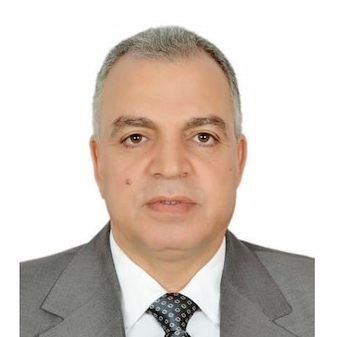Antimicrobial and Antiviral Agents from Marine Sources 2nd Edition
A special issue of Marine Drugs (ISSN 1660-3397). This special issue belongs to the section "Marine Pharmacology".
Deadline for manuscript submissions: closed (1 March 2024) | Viewed by 1602
Special Issue Editors
Interests: marine natural products; marine biodiscovery; invertebrates; cyanobacteria; marine microbes; structure determinations; marine alkaloids; antitumor and antibiotics
Special Issues, Collections and Topics in MDPI journals
Interests: marine natural products; marine invertebrates and associated microbes; cyanobacteria; structural determinations; marine macrolides and toxins; compounds with actin-disruption effects; antitumors and antibiotics; marine chemical ecology
Special Issues, Collections and Topics in MDPI journals
Special Issue Information
Dear Colleagues,
This Special Issue is dedicated to the late Professor Ernesto Fattorusso, for his pioneering work in the area of Marine Natural Products.
The misuse and overuse of antibiotics in human and veterinary medicine and agriculture, as well as unsuitable waste management, have resulted in substantially increased antimicrobial resistance, with associated bacterial persistence. This is of major public concern since most areas of modern medicine are unthinkable without access to effective treatment with antibiotics. Furthermore, an overlooked aspect of worry with regard to the COVID-19 pandemic is secondary infections, associated with multidrug-resistant bacteria, which are observed in hospitalized patients and those with already compromised immune systems. Associated with this problem is the massive use of antibiotics as a COVID-19 (co)treatment worldwide, which is predicted to add to the ongoing emergence of antimicrobial resistance.
The discovery of antibiotics and antiviral agents represents a major focus of chemists and pharmacologists in the area of marine biodiscovery.
This Special Issue aims to incorporate original research articles on the discovery of secondary metabolites of marine origin with antimicrobial and antiviral potential and recent reviews on previously reported marine compounds with antimicrobial and/or antiviral activities, as well as diverse applications of these antimicrobial and or antiviral secondary effects in drug development, as agrochemicals, and in other applications.
Prof. Dr. Lamiaa Shaala
Prof. Dr. Diaa Youssef
Guest Editors
Manuscript Submission Information
Manuscripts should be submitted online at www.mdpi.com by registering and logging in to this website. Once you are registered, click here to go to the submission form. Manuscripts can be submitted until the deadline. All submissions that pass pre-check are peer-reviewed. Accepted papers will be published continuously in the journal (as soon as accepted) and will be listed together on the special issue website. Research articles, review articles as well as short communications are invited. For planned papers, a title and short abstract (about 100 words) can be sent to the Editorial Office for announcement on this website.
Submitted manuscripts should not have been published previously, nor be under consideration for publication elsewhere (except conference proceedings papers). All manuscripts are thoroughly refereed through a single-blind peer-review process. A guide for authors and other relevant information for submission of manuscripts is available on the Instructions for Authors page. Marine Drugs is an international peer-reviewed open access monthly journal published by MDPI.
Please visit the Instructions for Authors page before submitting a manuscript. The Article Processing Charge (APC) for publication in this open access journal is 2900 CHF (Swiss Francs). Submitted papers should be well formatted and use good English. Authors may use MDPI's English editing service prior to publication or during author revisions.
Keywords
- marine macro- and microorganisms
- bioassay-guided purification of hits
- marine secondary
- metabolites
- structure determination
- antimicrobial
- antifungal
- antibiotics
- antiviral docking
- quorum-sensing inhibition
- inhibition of microbial biofilm formation
- pharmaceutical application
Related Special Issue
- Antimicrobial and Antiviral Agents from Marine Sources in Marine Drugs (5 articles)







